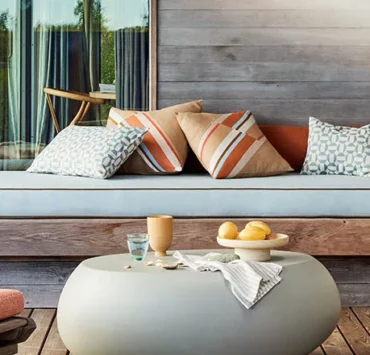Founded in 2005 by Tim Butcher and Lizzie Deshayes, Fromental has become a name synonymous with artistic innovation. The UK-based wallcovering house is known for its breathtaking, hand-painted and hand-embroidered wallcoverings that feature classical aesthetics and don’t shy away from modern technology. With studios in London and China, and a client list that reads like a who’s who of global design, Fromental’s creations are more than wallcoverings — they are immersive works of art. In conversation with DNN, co-founder Lizzie Deshayes reflects on two decades of design, defining excellence and why beauty, in all its forms, remains at the heart of it all.
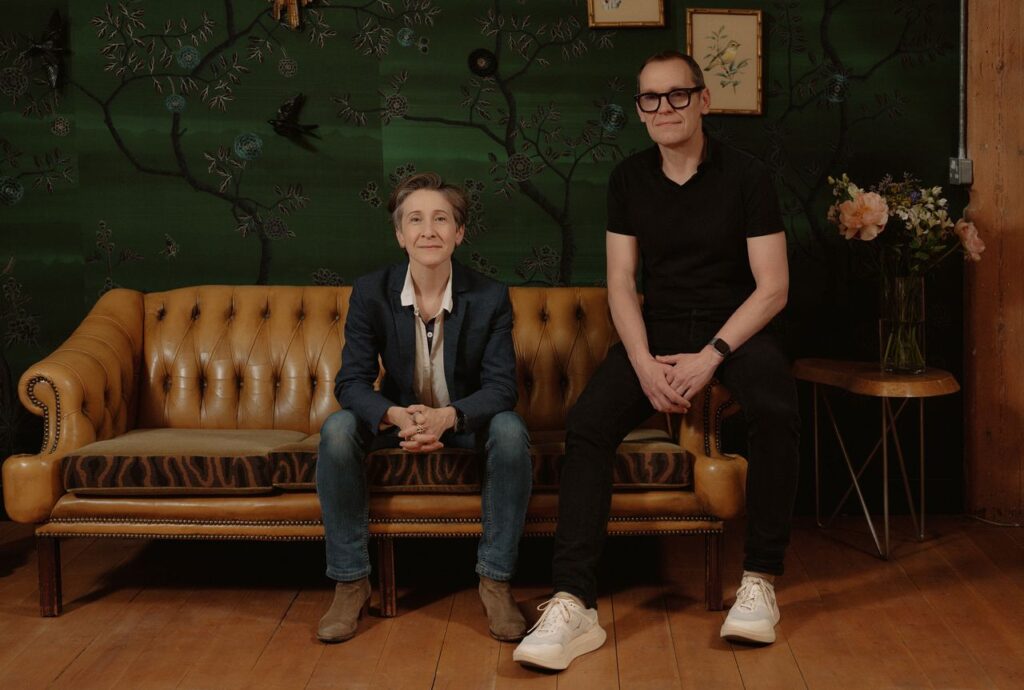
Global influences
DNN: Your team includes artisans working across studios in China and London. How do these geographic locations influence the aesthetic and spirit of your work?
LD: Many of Fromental’s designs are chinoiseries, which originated in China over 200 years ago. The perfect meeting of Chinese artistry with European decorative arts. It was logical to have our initial studio in China and naturally wanted to celebrate our artists skills by designing many other patterns with a far eastern feel to them. We are, however, a British company with our roots in European design and ornament so we have both those threads weaving through our work.
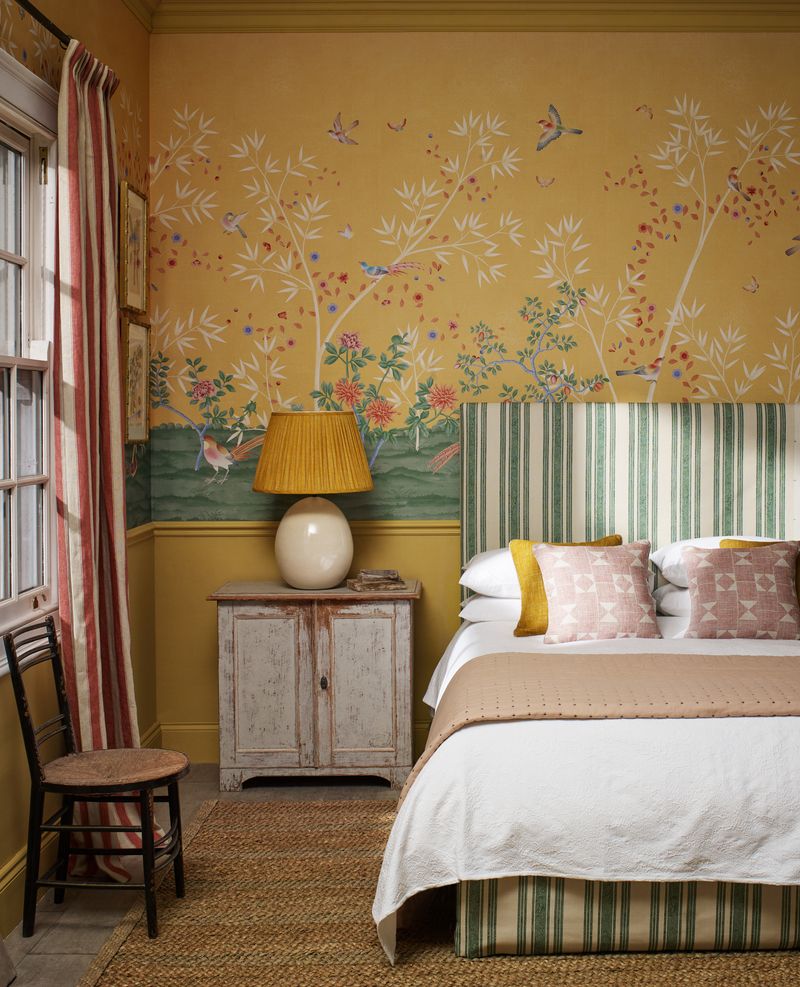
History and craftsmanship
DNN: Your work often draws from classical decorative art, and yet never feels trapped in the past. What’s your process for interpreting historic references without becoming nostalgic?
LD: Historical re-creations are very well executed by many other wallcovering companies. At our heart we are designers and always want to create a new pattern and design. We do have a good understanding of the history of the decorative arts and spend a lot of time in research, but only to use as a jumping point to create an entirely new piece of work.
DNN: Are there particular historical movements or artistic traditions that continue to inform or inspire your designs today? What is something that never gets old to you? And what is something new and exciting that is inspiring your art or process?
LD: The arts and crafts movement and the aesthetic movement both keep us excited and inspired. We believe that they are, at their heart, deeply philosophical and politically relevant. The necessity of beauty and the respect of craftsmen but also innovation at their heart aligns with our own motivation.
DNN: You’ve said, “All traditions start as innovations.” How do you decide when to honour tradition and when to break from it?
LD: Quite simply, when and if it feels right…. If a design which would traditionally be painted in a certain way, is treated in a new way and looks fresh, interesting and beautiful, then we would choose to do it. To stay interesting if nothing else!
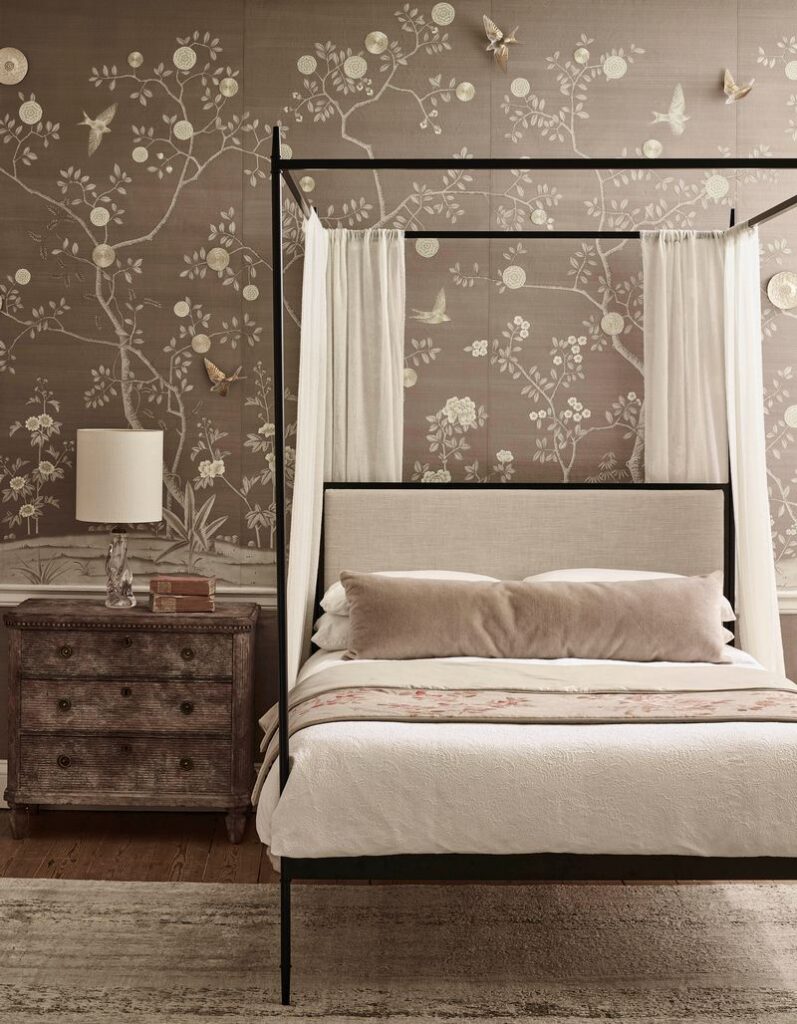
Embracing modern textile technology
DNN: Fromental has long championed hand-painting and hand-embroidery, with roots in traditional craftsmanship. In your view, what defines “craftsmanship” today?
LD: I don’t think the idea of craftsmanship as a concept has really changed. It’s the skill demonstrated by artists in their given field. The tools may change, but the idea remains the same.
DNN: To that point, you’ve embraced cutting-edge technology, from archive-grade digital printing to forthcoming AR integration. How do you approach incorporating technology without compromising soul or substance? And how do you ensure that each piece retains a sense of the hand, even as your practice evolves across different media and methods?
LD: Whatever is printed starts off as a hand painted master copy so that the hand is at the heart of every piece. It is a fine balance and one we do try to address every day.
DNN: Can you share a recent moment when technology surprised you—opened up a new design possibility or transformed a long-held process?
LD: When we started experimenting with a digital printer, we finally could make a stunning leather like background which necessitated far too many hours of laborious hand painting to be economically viable. To my delight, a design which I thought would be consigned to the “bin of beautiful samples” was possible and allied a printed and glazed background with a hand painted design.
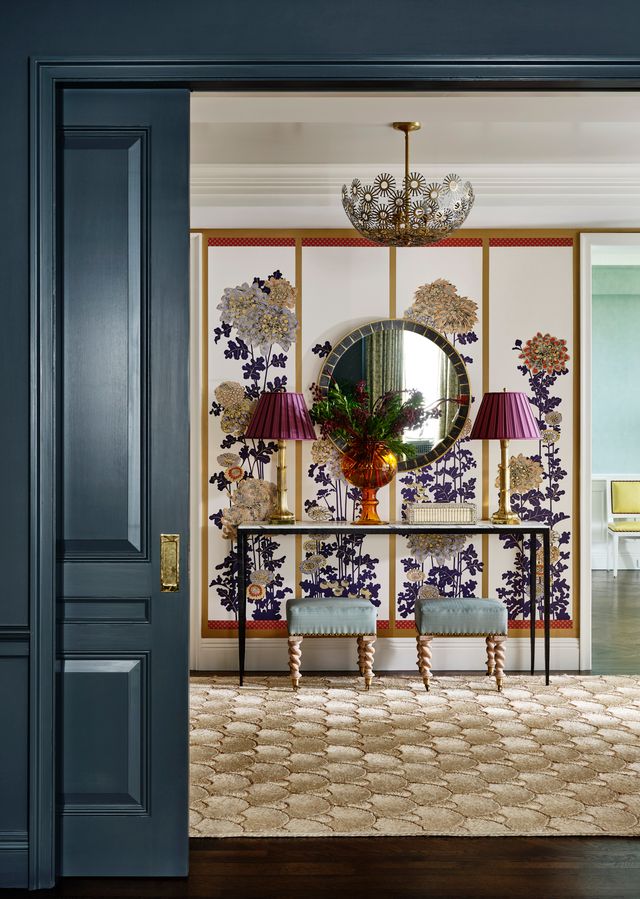
On beauty, elegance and luxury
DNN: You’ve always placed beauty at the centre of your mission, prioritizing emotional, tactile, immersive beauty. First, how do you define beauty and has it changed over time? How does that philosophy shape your decisions around materials and methods?
LD: Beauty, in Plato’s philosophy, is one of the 3 pillars for a meaningful life. The two others, truth and goodness are interconnected with Beauty. In one sense, beauty, the idea of it, is eternal. It’s the quality that helps us remember and consider the two other forms… Goodness and truth.
In a personal and prosaic way, beauty is what resonates in us, as “right and good” and fills us with joy.

DNN: With 20 years behind you and a new decade ahead, how has your definition of “luxury” changed and how do you see it continuing to evolve?
LD: We’ve personally never used the word “luxury” as we find it too vague and has been used for too many things. Maybe “excellence” is a concept we would rather strive for?
And as excellence is only achieved by hard work, practice, and understanding, it seems the next decade will be filled by yet more of all that, and thank goodness!
DNN: If you were to advise the next generation of designer-makers, what lessons would you impart upon them about balancing history, innovation and craftsmanship and building their own design legacy?
LD: Firstly, treat this life as one filled with meaning. Humans were made to create art. I would tell them to learn as much as you can from the past, never to cease practicing your craft, be curious and joyous in your trade.



